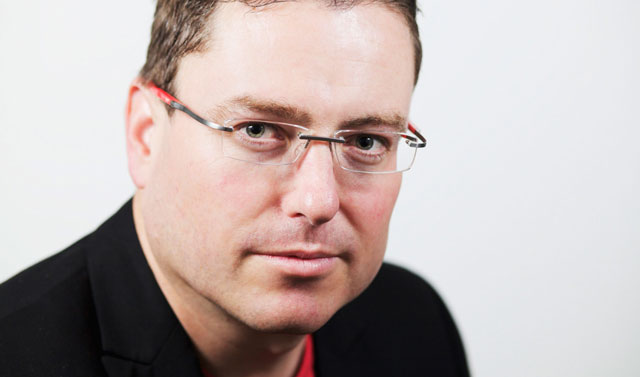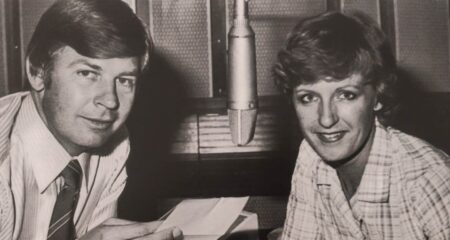
Terrestrial television offers remarkably little choice to SA consumers, who are limited to three SABC channels and commercial free-to-air channel e.tv. Not much has changed in the past decade, except that e.tv has eaten into the SABC’s viewership while DStv, owned by Naspers’s MultiChoice, has grown steadily more dominant as consumers, unhappy at the lack of choice in terrestrial services, shell out for the satellite alternative.
All this could be about to change.
SA, like the rest of the world, is in the process of migrating terrestrial television broadcasting from analogue to newfangled digital technology. Digital broadcasts make much more efficient use of radio frequency spectrum. This has two key implications.
The first and more important of these is that broadcasters will give up a big chunk of spectrum, which will in future be used by telecommunications companies to provide next-generation mobile broadband services. Known as the digital dividend, this spectrum will lay the foundation for the next growth phase in the telecoms industry and holds the promise, because of the technical properties of the spectrum bands in question, of making it more affordable to deliver fast Internet access in remoter regions of the country where it hasn’t been commercially feasible until now.
The second implication of the shift to digital is that, even though broadcasters will have access to less radio spectrum than they do now, they’ll still be able to offer a greater number of channels. Put another way, there’s a unique opportunity for the regulator, the Independent Communications Authority of SA (Icasa), to license new terrestrial broadcasters and to shake up what has become an unexciting broadcasting landscape.
Kagiso Media, which owns several big commercial radio stations, has already signalled its interest in launching free-to-air or pay-based terrestrial bouquets if the regulatory conditions are right. Icasa’s decision to open up a third “multiplex” — this is a chunk of broadcasting spectrum — during the period of “dual illumination”, when analogue and terrestrial broadcasts will co-exist, may have been made precisely to accommodate Kagiso.
But e.tv told Icasa last week it was concerned about the proposal to introduce a third multiplex, warning it could harm incumbent terrestrial players while inadvertently strengthening MultiChoice. The SABC and e.tv maintain that new players should be introduced only after the dual-illumination period ends, probably in mid-2015.
E.tv has also argued terrestrial broadcasters should be given enough spectrum to offer high-definition services if they are to have any hope of seeing off the threat posed by the ever-stronger MultiChoice. “To introduce new players with DStv so dominant will sound the death knell to [those] new players,” says e.tv chief operating officer Bronwyn Keene-Young.
But perhaps the real worry should be the eternally mismanaged SABC, which continues to straddle the divide between commercial and public broadcasting. In a more competitive landscape, could it survive without government handouts? Already it has said it wants to use the migration to digital to launch a raft of new channels. It could be argued that it should instead be consolidated into one or two core public service channels funded through licence fees or by the national fiscus.
The SABC issue is ultimately a political question and one Icasa will no doubt skirt as it draws up the final regulations. It’s a pity, because the move to digital TV would be an ideal time to re-examine the public broadcaster’s role in what is set to become a much more competitive and interesting market. — (c) 2012 NewsCentral Media
- Duncan McLeod is editor of TechCentral; this column is also published in Financial Mail




